Choosing the right color scheme for your bedroom interior design, that can make a huge impact on the overall design and feel of the space. The right colors can create a sense of tranquility, comfort, and relaxation, while the wrong ones can make the room feel uninviting and dull.
In This Article
ToggleIn this article, we will guide you through the process of choosing a color scheme that suits your personality, style, and the unique environment of Singapore. We will explore the basics of color theory, color psychology, and the cultural landscape of Singapore to help you make informed decisions. Whether you prefer bold or muted colors, warm or cool tones, or are looking for inspiration from nature, culture, or the urban landscape, we’ve got you covered.
We understand that choosing a color scheme can be challenging, especially with so many options to choose from. That’s why we have put together a step-by-step guide to help you find the perfect color scheme for your bedroom. From experimenting with different color palettes to testing your color scheme and bringing it to life, we will cover everything you need to know to create a beautiful and harmonious bedroom.
So, if you’re ready to transform your bedroom with the perfect color scheme, let’s get started!
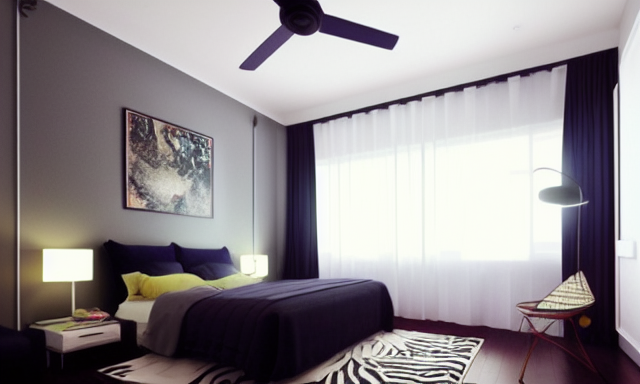
Understand the Basics of Color Theory
Before you start choosing colors for your bedroom, it’s essential to understand the basics of color theory. Color theory is a set of principles used to determine how colors interact with each other and how they can be combined to create a pleasing effect. Here are some key concepts to keep in mind:
- Primary colors: These are red, blue, and yellow, and they cannot be created by mixing other colors.
- Secondary colors: These are orange, green, and purple, and they are created by mixing two primary colors.
- Tertiary colors: These are created by mixing a primary color with a secondary color.
- Warm colors: These are colors that evoke warmth, such as red, orange, and yellow.
- Cool colors: These are colors that evoke coolness, such as blue, green, and purple.
- Complementary colors: These are colors that are opposite each other on the color wheel, such as red and green or blue and orange. They create a high contrast and can be used to create a bold statement.
- Analogous colors: These are colors that are next to each other on the color wheel, such as red and orange or blue and green. They create a harmonious effect and can be used to create a soothing environment.
Comparison table of the primary colors and their psychological impact:
| Color | Psychological Impact |
|---|---|
| Red | Energizing and exciting, can increase heart rate and blood pressure |
| Blue | Calming and soothing, can reduce heart rate and blood pressure |
| Yellow | Happy and optimistic, can stimulate mental activity and creativity |
It’s worth noting that the psychological impact of colors can vary depending on the shade, saturation, and context in which they’re used. Additionally, individual experiences and cultural associations can also influence how we perceive colors. It’s important to choose a color scheme that feels right for you and your specific needs and preferences.
By understanding these concepts, you can start to think about which colors you want to use and how to combine them to create the desired effect. In the next section, we will explore how to consider your personal style and preferences when choosing a color scheme.
Consider Your Personal Style and Preferences
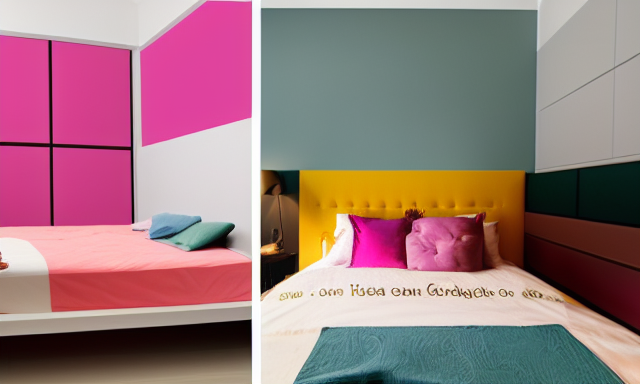
When it comes to choosing a color scheme for your bedroom, it’s essential to consider your personal style and preferences. Your bedroom is your sanctuary, and it should reflect your personality and taste. Here are some questions to ask yourself:
- What colors do I love?
- What colors do I dislike?
- What kind of mood do I want to create in my bedroom?
- What kind of activities will I be doing in my bedroom?
- Do I want to create a sense of calm and relaxation, or do I prefer a more energetic environment?
Once you have answered these questions, you can start to narrow down your options and choose a color scheme that resonates with you. Remember to consider the size of your bedroom and the amount of natural light it receives. If your bedroom is small, you may want to use lighter colors to create a sense of space. If your bedroom gets a lot of natural light, you can experiment with darker or bolder colors.
Take Inspiration from Singapore’s Cultural Landscape
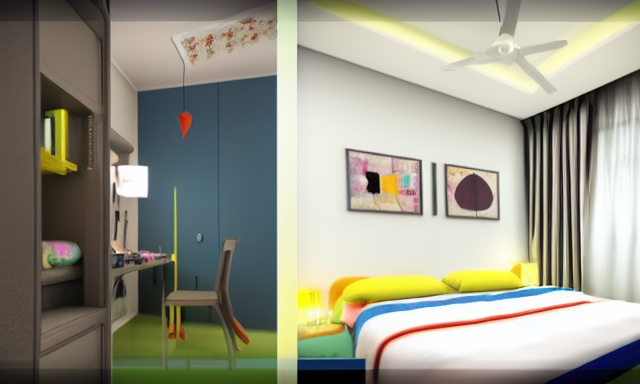
Singapore is a vibrant and multicultural city, and its cultural landscape can provide plenty of inspiration for your bedroom’s color scheme. From the lush greenery of its parks to the vibrant hues of its traditional shophouses, there are plenty of colors to choose from. Here are some ideas:
- Green: Singapore is known as the Garden City, and green is a prominent color in its landscape. You can incorporate shades of green into your bedroom to create a sense of calm and serenity.
- Blue: Blue is another color that is prevalent in Singapore, thanks to its proximity to the sea. You can use shades of blue to create a soothing and relaxing environment.
- Red: Red is a popular color in Singapore’s traditional shophouses, and it symbolizes good luck and prosperity. You can use red as an accent color to add a bold statement to your bedroom.
- Yellow: Yellow is a bright and cheerful color that can add a pop of energy to your bedroom. It’s also the color of Singapore’s national flag, so it can be a great way to show your love for the country.
By taking inspiration from Singapore’s cultural landscape, you can create a color scheme that is not only beautiful but also meaningful.
Test Your Color Scheme
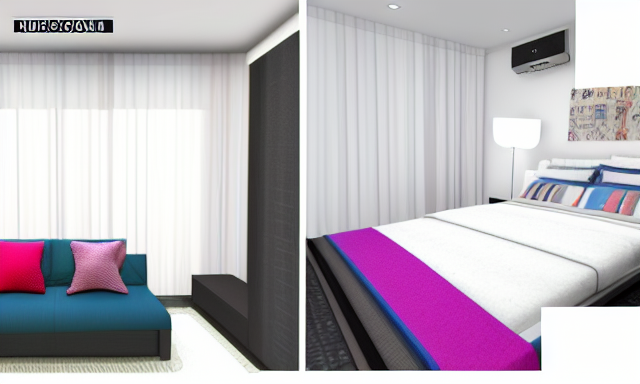
Once you have chosen a color scheme for your bedroom, it’s essential to test it before committing to it fully. You can do this by creating a mood board or using online tools to visualize how the colors will look together. You can also paint small swatches of color on your bedroom walls to see how they will look in different lighting conditions.
Certainly! A mood board is a collage or collection of images, colors, textures, and other design elements that can be used to visually communicate a particular style, theme, or mood. If you’re interested in creating a mood board for your bedroom color scheme, there are many online resources and tools available to help you get started.
Here are a few links to websites and resources where you can learn more about mood boards and create your own:
- Milanote – https://www.milanote.com/mood-board-maker
- Adobe Spark – https://spark.adobe.com/make/mood-board-maker/
These resources offer a range of features and tools to help you create mood boards that capture the look and feel you’re aiming for in your bedroom color scheme.
It’s also a good idea to consider the type of materials and textures you will be using in your bedroom. For example, if you have wooden furniture, you may want to choose colors that complement the wood’s natural tones.
Bring Your Color Scheme to Life
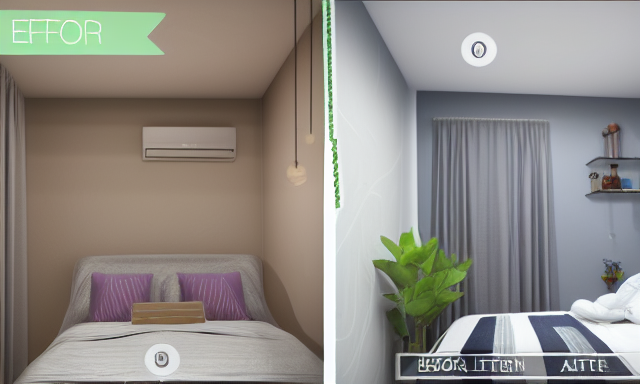
After you have tested your color scheme and are happy with it, it’s time to bring it to life. This can involve painting your walls, choosing bedding and curtains that complement your color scheme, and adding accessories such as rugs and cushions. Remember that your bedroom should be a reflection of your personality and taste, so don’t be afraid to experiment and have fun with your color scheme.
Frequently Asked Questions Color Scheme
What is a color scheme?
A color scheme is a set of colors that are chosen to work together in a particular design or space.
Why is choosing the right color scheme important for a bedroom?
Choosing the right color scheme can create a peaceful and relaxing atmosphere in the bedroom, which is important for getting restful sleep.
What are some popular bedroom color schemes?
Some popular bedroom color schemes include: neutral colors, such as beige, gray, and white; pastel colors, such as pale blue and pink; and bold colors, such as red and dark blue.
How do I choose the right color scheme for my bedroom?
To choose the right color scheme for your bedroom, consider factors such as your personal preferences, the mood or atmosphere you want to create, and the size and layout of the room. You may also want to create a mood board or consult with a professional designer for inspiration and guidance.
What are some tips for using color in a small bedroom?
To use color effectively in a small bedroom, consider using light or neutral colors to create the illusion of more space. You can also use a monochromatic color scheme, which involves using different shades and tints of the same color, to create a cohesive and visually interesting look.
What are some common mistakes to avoid when choosing a bedroom color scheme?
Some common mistakes to avoid when choosing a bedroom color scheme include: choosing colors that are too bright or bold for the space, using too many colors that clash or compete with each other, and neglecting to consider the natural light and other design elements in the room.
Choosing the perfect color scheme for your bedroom in Singapore can be challenging, but with the right approach, it can also be a fun and rewarding experience. By understanding the basics of color theory, considering your personal style and preferences, taking inspiration from Singapore’s cultural landscape, testing your color scheme, and bringing it to life, you can create a beautiful and harmonious bedroom that reflects your unique personality and taste.
